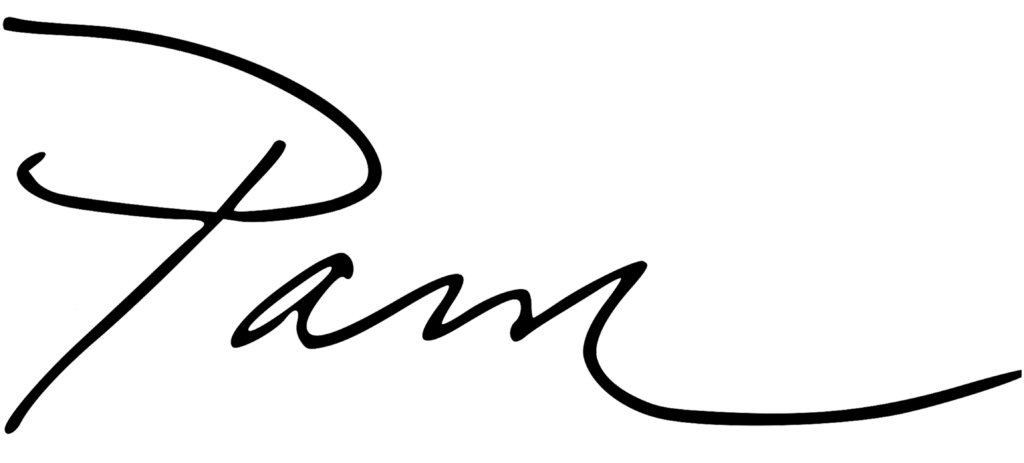Saving the Best for Last
December 14, 2023
As one of our favorite research firms said after yesterday’s Fed announcement – Ho Ho Holy Moly! It sure seems like the Federal Reserve saved the best rate announcement of 2023 for last.
Chairman Jerome Powell delivered a message that the equity and bond market both eagerly accepted as an early holiday present.

In response, the Dow Jones Industrial Average reached an all-time high, other equity indices rallied well over one percent on the day, and bond yields fell (causing bond prices to also rally).
What happened at the Fed meeting to spark such a reaction? Two words – probable pivot. Before I explain what that means and why markets moved so sharply, let’s take a quick look back at where we’ve been.
Over the course of the last 18 months, the Fed has been raising interest rates in an effort to combat inflation – and it’s worked. November’s inflation print that came out earlier this week once again showed progress, with year-over-year inflation at 3.1% and month-over-month increase at 0.1% (almost all of which was due to cars and housing which continue to fall very rapidly. We’ve come a long way from 9% inflation prints and the Fed’s 2% inflation target is now well within reach.
At the outset of 2023, many investors and economists were convinced that The Fed’s efforts to curb inflation would “break” the economy and/or the markets, as higher rates would pressure corporate earnings, slow the labor market, dampen growth, and cause a recession (this has been labeled the “hard landing” scenario). Instead, it appears that the Fed and Chairman Jerome Powell have achieved the “soft landing” they were seeking – bringing down inflation while still allowing for strong job growth and economic growth – trouncing fears of a 2023 recession.
It was clear as Powell took the stage yesterday that he is confident in how well the Federal Reserve has done at making progress towards their dual mandate (returning to 2% inflation target while keeping a strong labor market). He also spent time explaining that the US economy has seen improvements in supply (immigration, improved productivity, easing supply chains) alongside steady demand, allowing for a level of growth that has been a pleasant surprise to policy makers.
And for the first time, he spoke of rate cuts not hikes, going so far as to say the Federal Reserve expects three rate cuts next year. This move (from hiking to cutting) is known as a pivot – and was very welcome news to the markets.
While Chairman Powell did note that risks remain and it’s too soon to declare victory, he also acknowledged the damage prolonged rate hikes can have on an economy saying, “we’re aware of the risk that we would hold on too long. We’re very focused on not making that mistake”
Even more notably, Powell spoke of the Fed’s desire to keep real rates from rising. (Real rates are interest rates less inflation. As a result, if inflation keeps falling, the Fed will need to lower nominal rates by a corresponding amount just to keep the real rate level.) This seems to support the Fed’s need to cut if inflation keeps falling.
Powell’s tone and messaging was a sharp reversal from a mere three weeks ago (when he said it was too soon to talk about the end of the hiking cycle) and the Fed’s Summary of Economic Projections also showed sharp turnarounds, lowering their inflation expectations meaningfully from last quarter’s release. Clearly, the promise to be data dependent has held and that data has shown falling inflation.
Why the sharp market reaction? The main reason is a pivot will bring down interest rates. As you may recall from the many posts on this subject this year, as rates come down (all else equal), the price of equities and bonds will rise.
Beyond that, the economic backdrop needed for a pivot is also inherently supportive for markets, as such an action would mean the economy is doing well enough to not require restrictive monetary policy.
And lastly, it’s likely a meaningful part of the market reaction was a catch-up trade as FOMO (fear of missing out) took over and investors rushed to participate. 2023 has been an exceptional year for those who stayed invested. Equity indexes in the US will post 20-30% annual returns and many segments of fixed income will have positive total returns as well. And many investors have missed it.
Since the October 2022 lows, fund flows into money market funds were $1.1 trillion and equity outflows were $240 billion. A $1.3 trillion differential in fund flows. What is likely to have caused this? Money market funds were offering a safe place to “wait” for the uncertainties to clear, all while returning a respectable 4-5% a year. And here were are, 14 months later with a nearly 6x return from equities and 2x return from some areas of bond market.
While it’s true that anything could have happened in 2023, this outcome clearly shows the danger of “wait and see” when it comes to investing over the long term. This was the topic of my first post of the year as the drumbeat in markets at that time was “too much is unknown, go to cash, clip 5%, and wait for clarity.”
Well, that clarity arguably arrived with two weeks left in the year and double-digit returns in the rear view mirror. You simply cannot wait until you feel comfortable and ready as an investor. You need a plan you can execute against (and stick with), regardless of the swirling market narrative. Such conviction and patience has been rewarded time and time again and this year is another example of just that. It’s not about timing the markets – it’s about time in the markets.
The future has always been, and will always be, uncertain. We don’t know what 2024 – and the years that lay in wait beyond it – will bring. That’s what makes investing a journey and not a destination.
It’s been a fascinating and exciting year, and it’s been an honor to share in it with all of you through these weekly posts. It’s now time to rest, reflect, and enjoy the holiday season. Look for me back in your inboxes in January. Until then, happy holidays and all the best in the new year.
Onward we go,

Leave a note